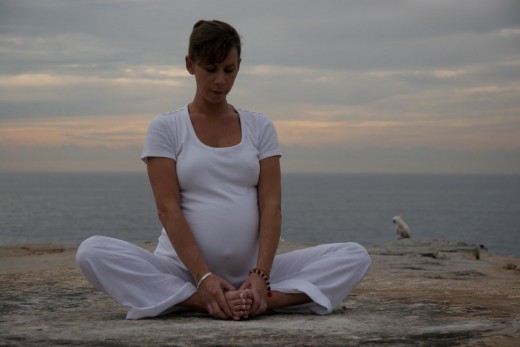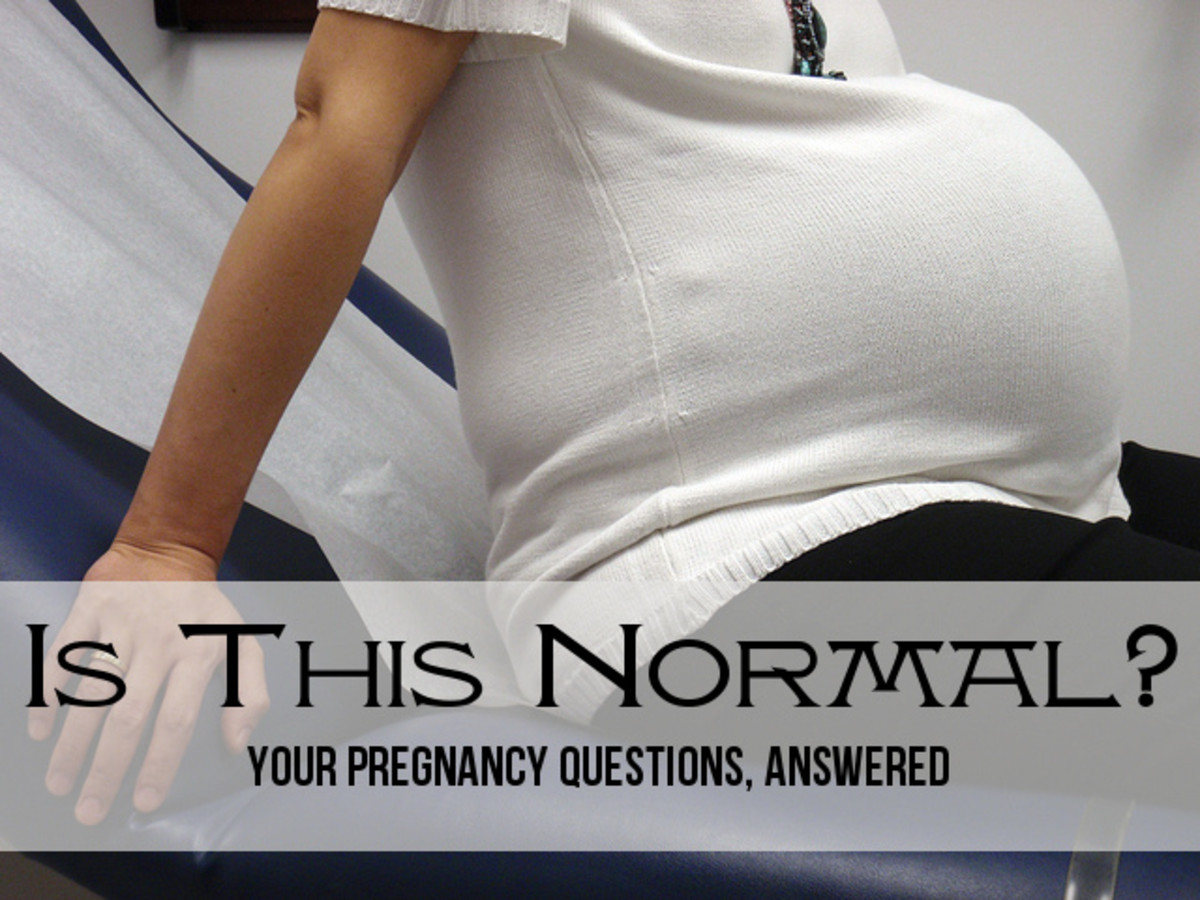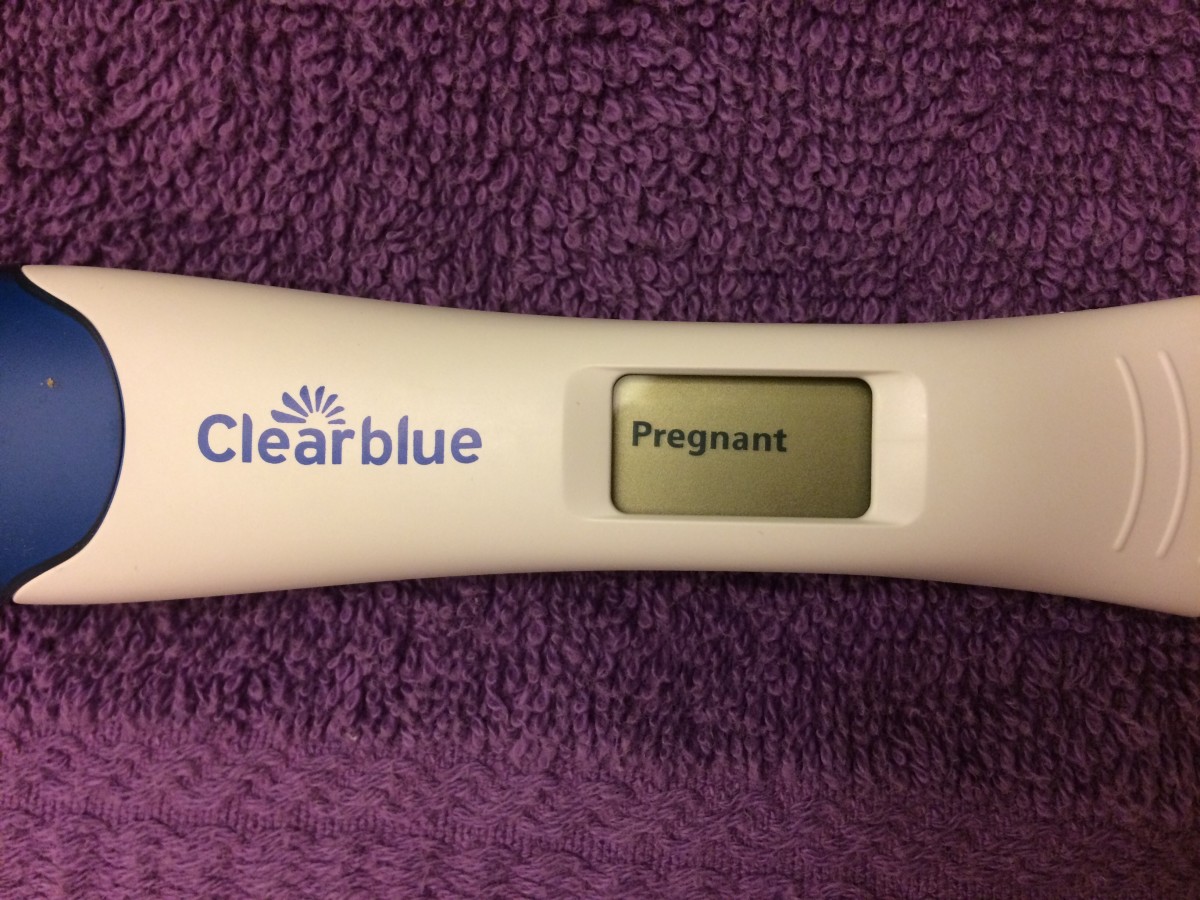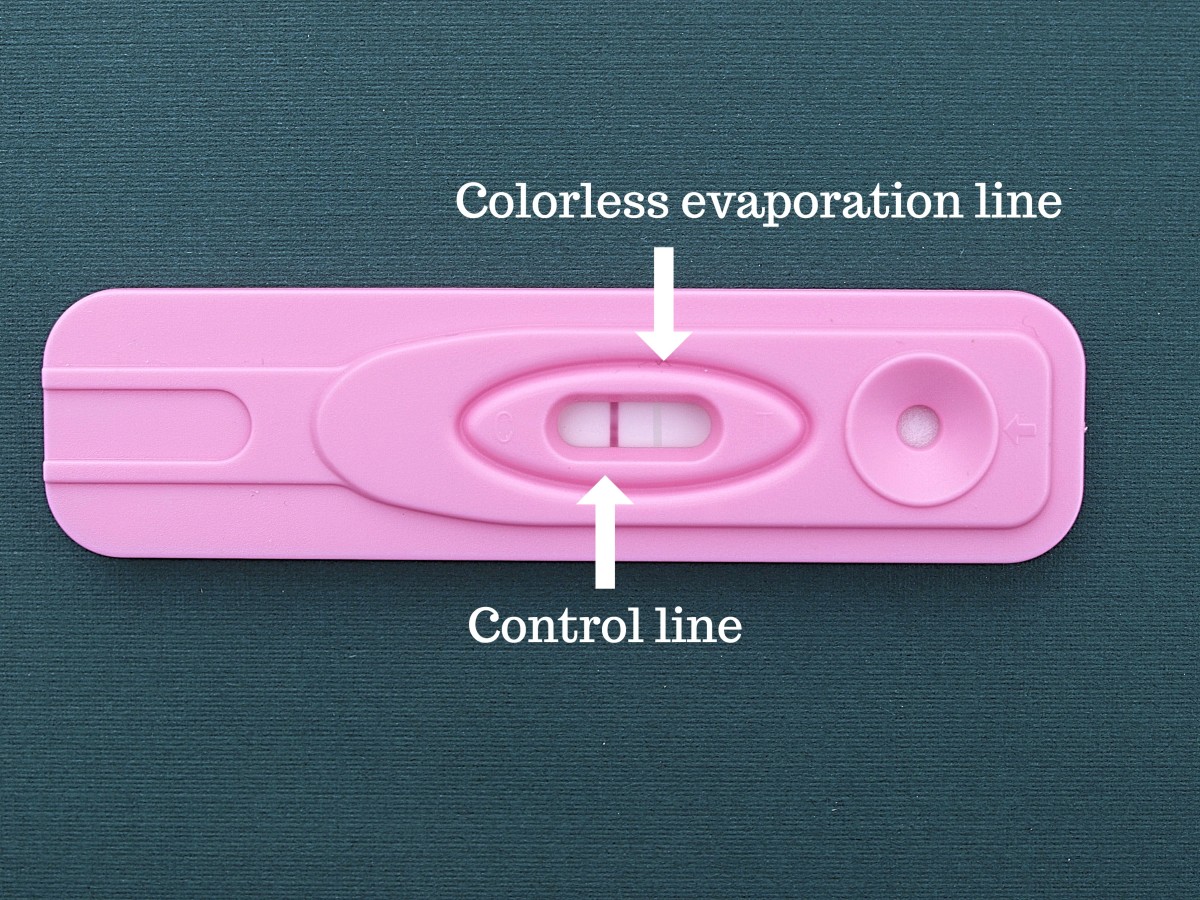- HubPages»
- Health»
- Women's Health»
- Pregnancy
Exercising While Pregnant: The Third Trimester
Congratulations on making it to this point! With only weeks to go, exercise and nutrition are vital for final developments of the baby. As the baby is in the last prenatal growth spurt (gaining half of his/her body weight) and is beginning to "fatten", an increase in (the mother's) appetite is normal. The combined can lead to considerable weight gain for the mother. The average women gains eleven pounds during the last trimester.
Of course, weight gain is absolutely natural and important during pregnancy, but making sure that it is within normal range (for your body type/starting BMI) and healthy is important not only for the baby, but for the mom as well. Exercising during pregnancy is key in maintaining a healthy weight (gain), and in preparing for the best labor and delivery possible. It can also help decrease depression, stress, and aches and pains.
As long as there have been no complications thus far with pregnancy - and no indications of preterm labor - continued exercise is typically okay for women until "labor day". However, as the chance for a loss in balance and increase in fatigue and muscle cramps is more prevalent now than in the first and second trimesters, the kind of exercise being performed should be low impact, non-contact, and done carefully. If continuing something strenuous (like running) or wanting to start a new type of exercise, make sure to consult a physician.
* Anything new or seemingly questionable should be discussed with a physician.

Stretching
Stretching is important for anyone and everyone, regardless of lifestyle. During pregnancy, increasing amounts of relaxin are released in the body, which means that muscles and ligaments continuously relax in preparation of labor. Stretching can help improve sleep, relieve constipation, make it easier to exercise during pregnancy, relieve stress, muscle aches, and cramping, and can help with fatigue.
Areas needing stretched most during pregnancy are the hip flexors, upper back and neck, lower back, quadriceps, calves, and pectorals.
Easy to do, stretching is unique in that it can be done anywhere and at anytime. Stretch while waiting to check out at the grocery store, while pumping gas, or while cooking dinner. Stretching multiple times a day can lessen muscle tightness and cramping, which are two common third trimester nuisances.
If a severe muscle cramp develops, stretching is one of the quickest and easiest ways to relieve muscle tension.
Prenatal yoga is a fantastic way to lengthen and tone muscles, and is easy to start even if one has never tried yoga before. Stretching with an exercise ball helps to maintain proper posture and balance, and may make stretching easier.

How to Do a Lying Pelvic Tilt
While lying flat on your back with your arms and hands at your sides, bend your knees towards your chest slightly. Keep knees shoulder width apart and feet on the ground, with toes pointed forward. Inhale slowly, and then exhale. While exhaling, the abdomen will naturally move towards the back. Contract abdominal muscles at this time, and slowly and easily lift your pelvis toward the ceiling. Inhale once again, releasing muscles and lowering your pelvis back to the ground. If desired, use a stability ball to rest feet on (instead of the ground).
Three Most Commonly Recommended Exercises for the Third Trimester
- Walking. While placing minimal pressure on muscles and joints, walking provides great cardiovascular benefits and is a phenomenal stress reliever. Avoid walking and hiking on uneven surfaces (such as trails) as balance may be hindered.
- Swimming. Water seems to make it easier to exercise as it protects against overheating and helps support joints and ligaments. As water reduces the feeling of gravity on the body, pregnant women find comfort in going aerobics and stretches in the pool rather than on land. The breast stroke is best for pregnant women, as it lengthens chest muscles and shortens back muscles, which helps maintain alignment. It also requires less exertion and takes pressure off of the back (caused by the weight of the belly). Swimming helps with posture, relaxation, breathing, and can help decrease high blood pressure.
- Labor preparations (great for pre and post natal care for mom, as doing the following exercises can help decrease the likelihood of pelvic organ prolapse):
- Kegels are small contractions of the pelvic floor. The easiest way to do a kegel (if never done previously) is to stop the flow of urine while going to the bathroom, and then release. Continuing doing this throughout the day (about 10-20 kegels at a time, holding for just a few seconds each time). Kegels help to decrease the likelihood of hemorrhoids. Post pregnancy, having done kegels can lessen the chances of having weak pelvic floor muscles, which can lead to a prolapsed uterus and/or urinary incontinence.
- Pelvic Tilts will help to ease pain in the back during labor, helps to strengthen abdominal muscles, and improves posture. Pelvic tilts are popular among people whom regularly do yoga and pilates, as they help to stretch an array of muscles.
- Squats stretch the back, helps realign the body, can decrease instances of constipation, and can ease muscle aches and pains. The squatting position is one of the most natural for childbirth. Doing squats consistently during pregnancy -and especially the third trimester- helps prepare the body for labor by widening the pelvic opening, relaxes perineal muscles, and helps increase oxygen flow to the baby. Make sure not to push it with squats, and to do them correctly. Otherwise, it can add stress to joints and put strain on the back.
Other Hubs from VeronicaFarkas
- Remedies for Morning Sickness and Nausea During Pregnancy
Remedies for normal nausea can help with nausea and morning sickness during pregnancy as well. Although its practically unavoidable, there are ways to ease the discomfort. - Creative Family Fun Ideas
Cheap, creative ideas for family fun! Two ideas that pack a punch of creativity; allows families of all sizes and needs to have a great time together! - 20 Indoor Activities for Kids
Not your average suggestions; here are 20 specific ideas to keep kids of all ages occupied, learning, and having fun! - 20 Outdoor Activities for Kids
You're busy in the kitchen and the kids are getting stir crazy. What to do? Here is a list of 20 specific outdoor activities for kids!
Just Breathe
Being able to stay active and to continue exercising during the third trimester depends on the mother. If an exercise strains or causes discomfort, stop or back off and lessen the intensity or length of the exercise. Speak with a physician regarding any questions or concerns, and especially when beginning a new exercise anytime during pregnancy.
Again, exercises that involve contact (soccer, basketball, etc.) are not recommended during the third trimester, and neither are activities that require stable balance, like tennis and bike riding.
The most important things to remember when exercising at this stage are to breathe, relax, and not overdo it. If the mom cannot breathe, the baby cannot breathe. If mom is straining and overheated, the baby is more than likely uncomfortable as well. Take it easy and focus on movements rather than intensity.








